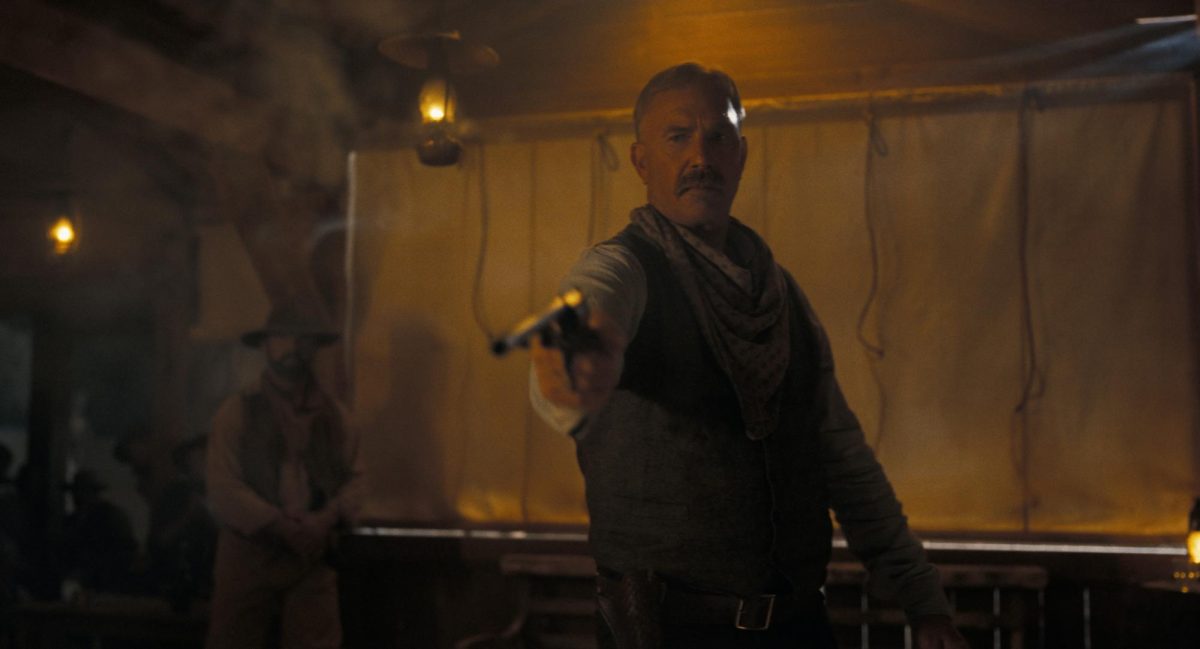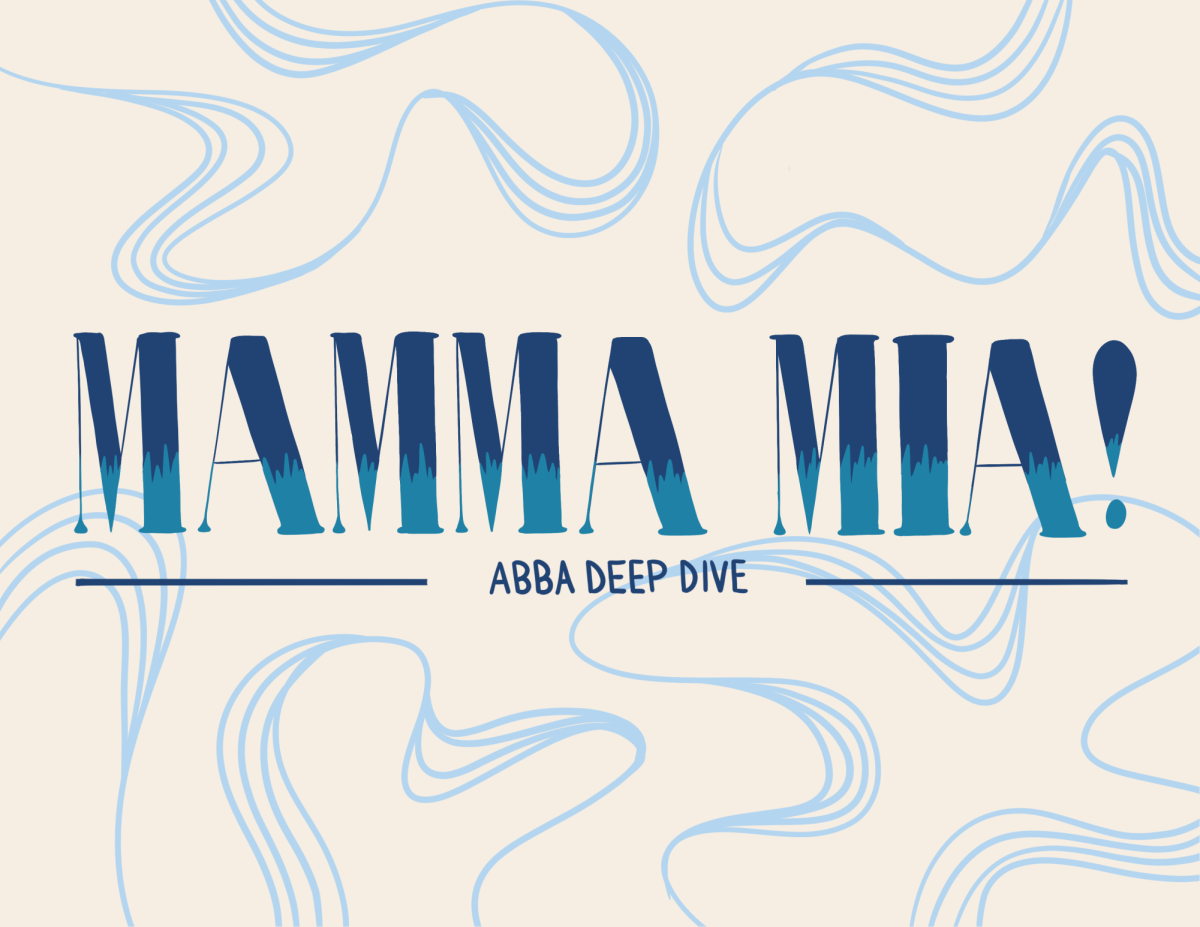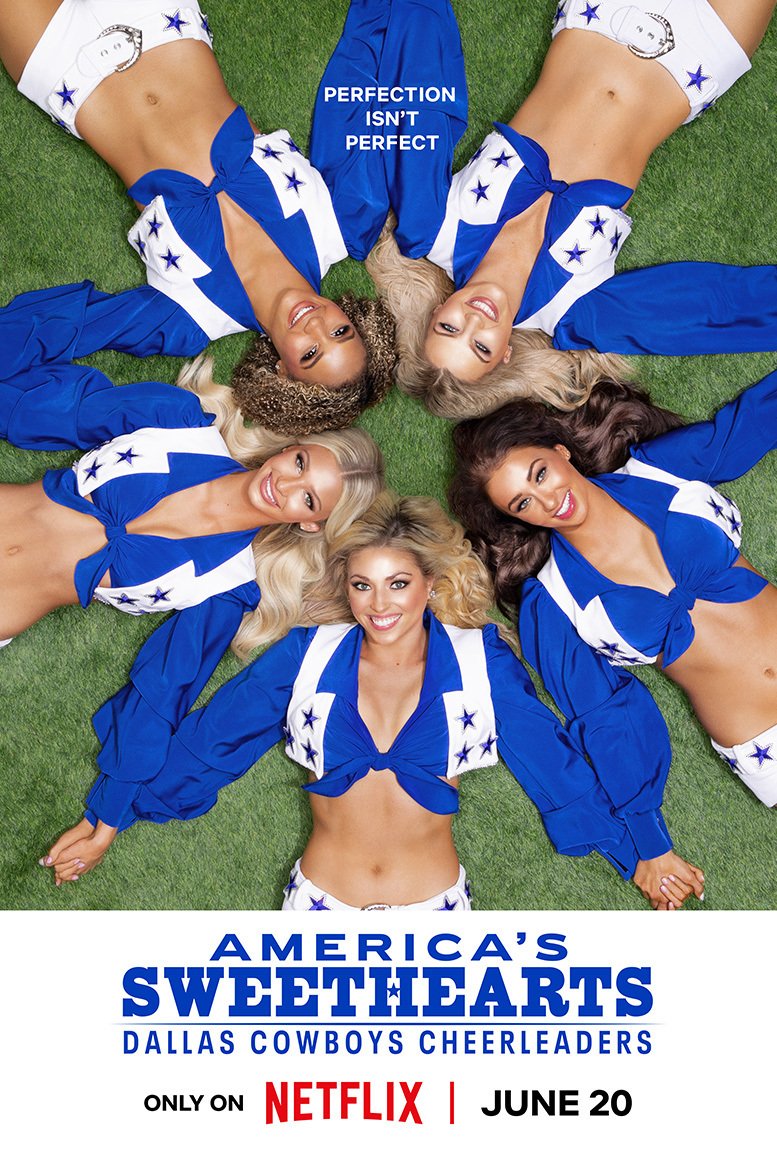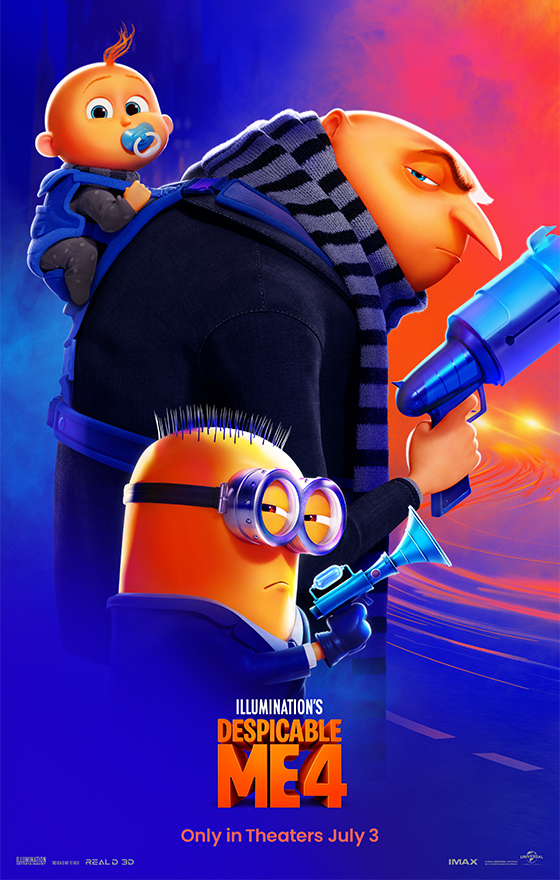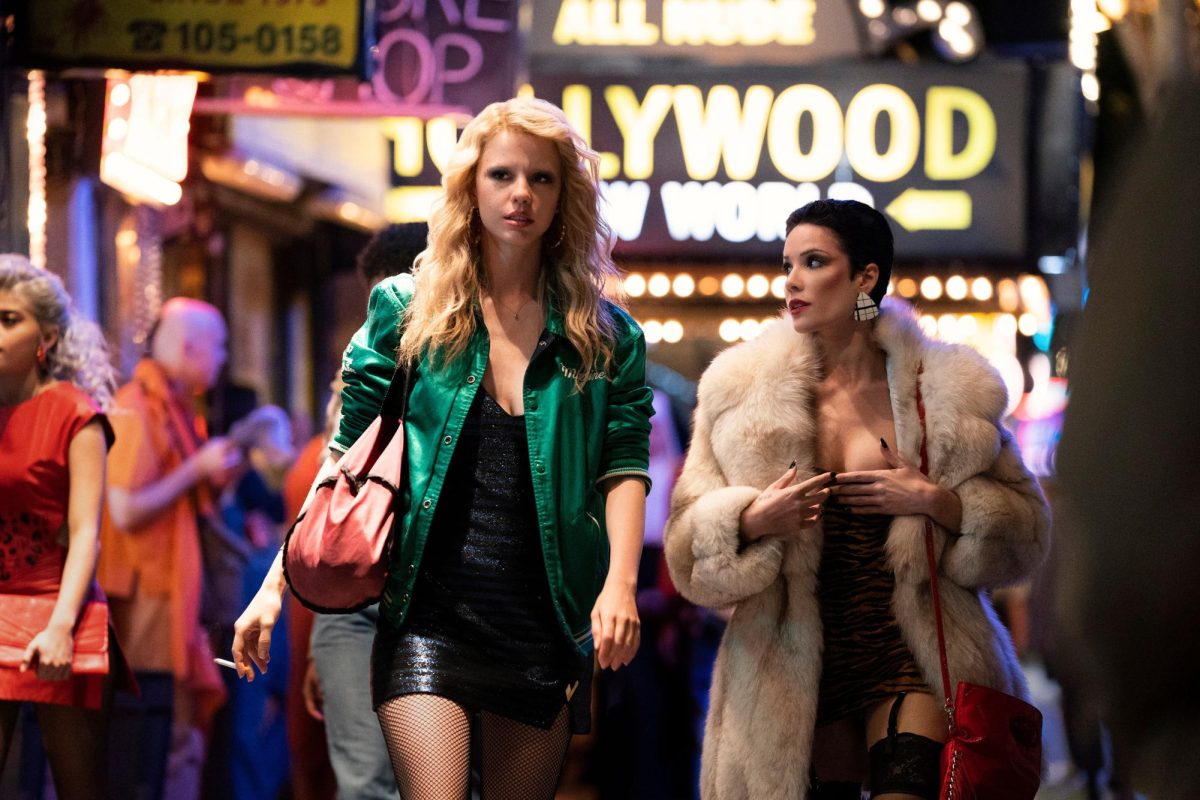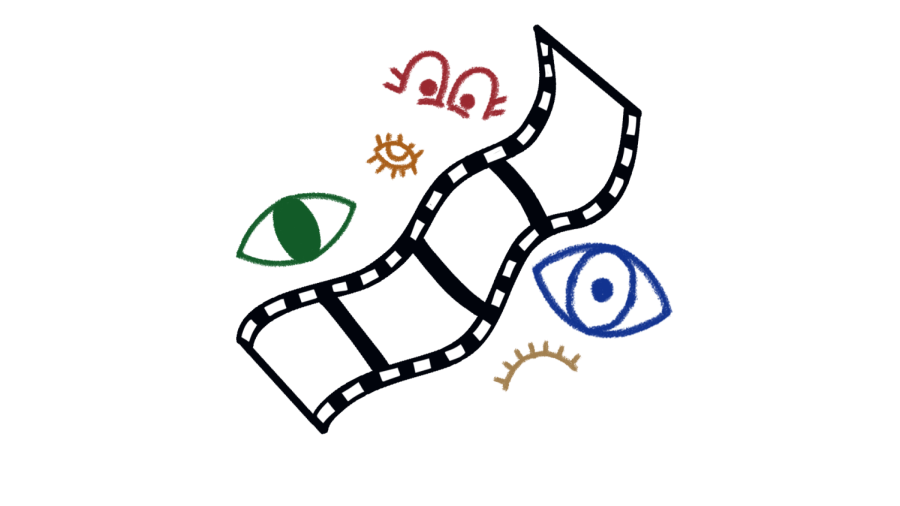Warning: this review contains spoilers.
“Aladdin” was surprisingly less-cringe worthy than I expected it to be. Disney’s 2019 string of live-action remakes, beginning with “Dumbo” last March and ending with “The Lion King” this July, seems like just another attempt to bring in the money. It probably is — but the product of the money-making scheme is an entertaining, slightly improved tale of a princess and a street dweller whose goals are to be with each other and to save the fictional city of Agrabah from its downfall. Still, a look past the sappy songs and confetti will reveal several flaws.
Let’s begin with the good. Princess Jasmine (Naomi Scott) plays a crucial role in the story, seeking to and succeeding in protecting Agrabah from the antagonist and grand vizier Jafar (Marwan Kenzari) and becoming the city’s first female sultan. This is a major change from the 1992 animated version, in which the princess’s primary ambition is to marry Aladdin. This addition to Jasmine’s character has the potential to enlighten audience members who are all too used to seeing the man be the only hero of a story.
A few individuals made a positive impact on “Aladdin.” Will Smith’s performance as the Genie is delightful. His comedic lines and touching subplot give the movie an extra dimension. Choreographer Jamal Sims also brings life to the movie. The dance scenes are unforgettable. The colorful costumes and performance of the actors and dancers add to the splendor of these scenes.
Now for the bad. Even auto-tune cannot save the actors’ voices from sounding weak. Scott’s voice is strong, but Aladdin’s (Mena Massoud) often sounds forced and flat. The movie revives the question begged of “La-La-Land” filmmakers: how much is Hollywood willing to sacrifice for image? The actors are objectively attractive, but not everyone can sing, which discredits all the triple threat, small-name performers out there.
Another problem with the movie is the inconsistency in people and culture. As this Vox article discusses, director Guy Ritchie tried to eliminate the ingrained racism that exists in the 1992 film and in earlier productions of “Aladdin,” but he did not do enough. The mixing of various accents is confusing. The actual setting of the movie is impossible to understand because, well, it does not exist. Agrabah’s fictional existence seems like an excuse on behalf of storytellers and filmmakers over the past decades to avoid doing their research. Perhaps there is nothing Ritchie or anyone could have done to erase the racist viewpoints from Aladdin’s history, but the jumble of settings and people overlooks the importance of cultural distinction and appreciation. It does not help that Ritchie and other people of white European descent are the ones sharing the story with the public.
Finally, it was hard to walk out of the theater feeling satisfied after pondering plot holes. These issues stem from the original story, but Ritchie’s failure to address them is frustrating. For an example, after watching Aladdin and Jasmine fly in circles while trying to battle Jafar-turned-sorcerer for several minutes, it baffled me that Jasmine did not use one of her wishes to undo Jafar’s evil and put everyone out of danger. Not only were Jasmine and Aladdin toying with death, but the genie would have continued as an enslaved being and the entire city would have existed under Jafar’s oppressive rule if things hadn’t ended differently.
Aladdin is enticing as any overly-mystified Disney world must be. Watch this movie to appreciate Jasmine’s progressive tale and to be visually entertained. However, keep a critical mind. This movie could be dangerous to audiences. It reinforces the stereotype that many Middle Eastern and Asian countries are the same.








